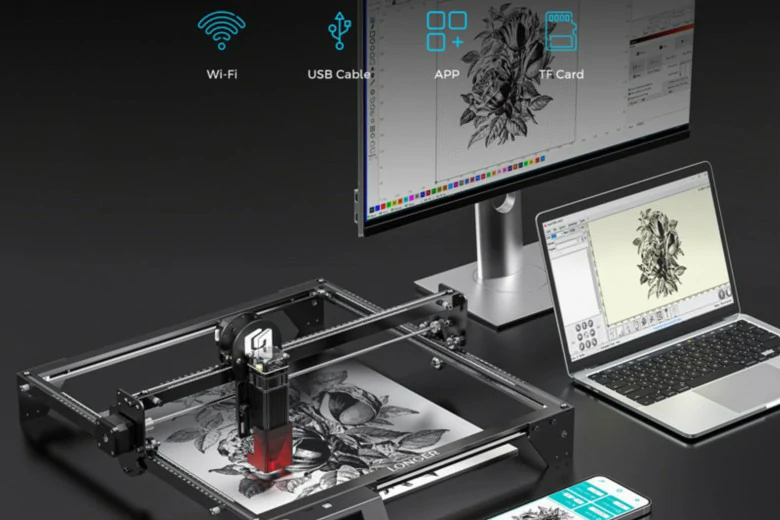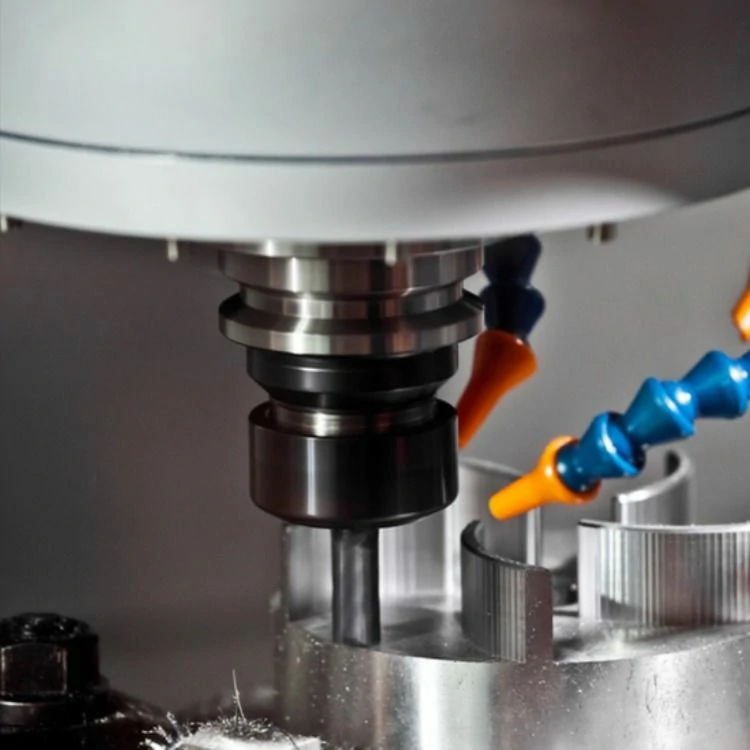Factors Affecting CNC Machining Costs and How to Save on Them
CNC machining has become an integral part of modern manufacturing processes, enabling the production of highly accurate and complex parts with minimal human intervention. However, the cost of CNC machining can be a significant consideration for businesses. In this article, we will explore the factors that affect CNC machining costs and discuss strategies to save on them.
1. Material Selection: The choice of material has a direct impact on CNC machining costs. Some materials, such as exotic alloys or high-grade plastics, may be more expensive than basic metals like aluminum or steel. It is essential to carefully evaluate the functional requirements of the part being produced and select a material that meets those requirements while minimizing costs.
To save on material costs, consider using alternative materials that offer similar properties but at a lower price point. Conducting a thorough material analysis and consulting with material suppliers can help identify cost-effective alternatives without compromising quality.
2. Design Complexity: The complexity of the part being machined is another significant factor affecting costs. Parts with intricate geometries or tight tolerances often require additional machining operations and longer cycle times, resulting in higher costs.
To minimize costs, it is crucial to optimize the design for manufacturability. Simplifying the geometry, reducing unnecessary features, and relaxing tolerances within acceptable limits can significantly reduce machining time and costs. Collaborating with experienced CNC machinists during the design phase can help identify potential cost-saving opportunities.
3. Machining Time: The time required to machine a part directly impacts the overall cost. Factors that influence machining time include the size and complexity of the part, the number of features, and the chosen machining strategy.
To save on machining time and costs, consider using high-speed machining techniques and advanced tooling solutions. Optimizing tool paths, reducing unnecessary tool changes, and maximizing tool utilization can further enhance efficiency. Investing in state-of-the-art CNC machines with advanced capabilities, such as multiple-axis machining or simultaneous operations, can also significantly reduce cycle times.
4. Batch Size: The volume of parts being produced affects CNC machining costs. Small batch sizes often result in higher costs per unit due to setup time and tooling expenses. On the other hand, larger production runs can benefit from economies of scale, leading to lower costs per unit.
To save on costs, consider consolidating orders and increasing batch sizes whenever possible. Minimizing changeovers and optimizing production schedules can help maximize the utilization of machining resources and reduce setup time. Additionally, collaborating with CNC machining service providers and exploring long-term partnerships can lead to negotiated pricing and favorable terms for larger production runs.
5. Supplier Selection: The choice of CNC machining service provider can significantly impact costs. Different suppliers may offer varying pricing structures, capabilities, and quality levels.
To save on costs, conduct a thorough evaluation of potential suppliers. Consider their experience in CNC machining, their equipment capabilities, and their reputation within the industry. Request multiple quotes and compare pricing structures to ensure you are receiving competitive rates. While cost is an essential consideration, it’s crucial to balance it with factors such as quality, reliability, and lead times to make an informed decision.
In conclusion, several factors influence CNC machining costs, including material selection, design complexity, machining time, batch size, and supplier selection. By carefully considering these factors and implementing cost-saving strategies, businesses can optimize their CNC machining processes and achieve significant savings without compromising on quality. It is essential to approach CNC machining with a holistic perspective that integrates engineering, design, and supply chain considerations.
.webp)


